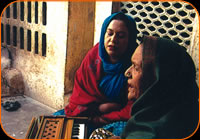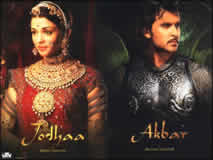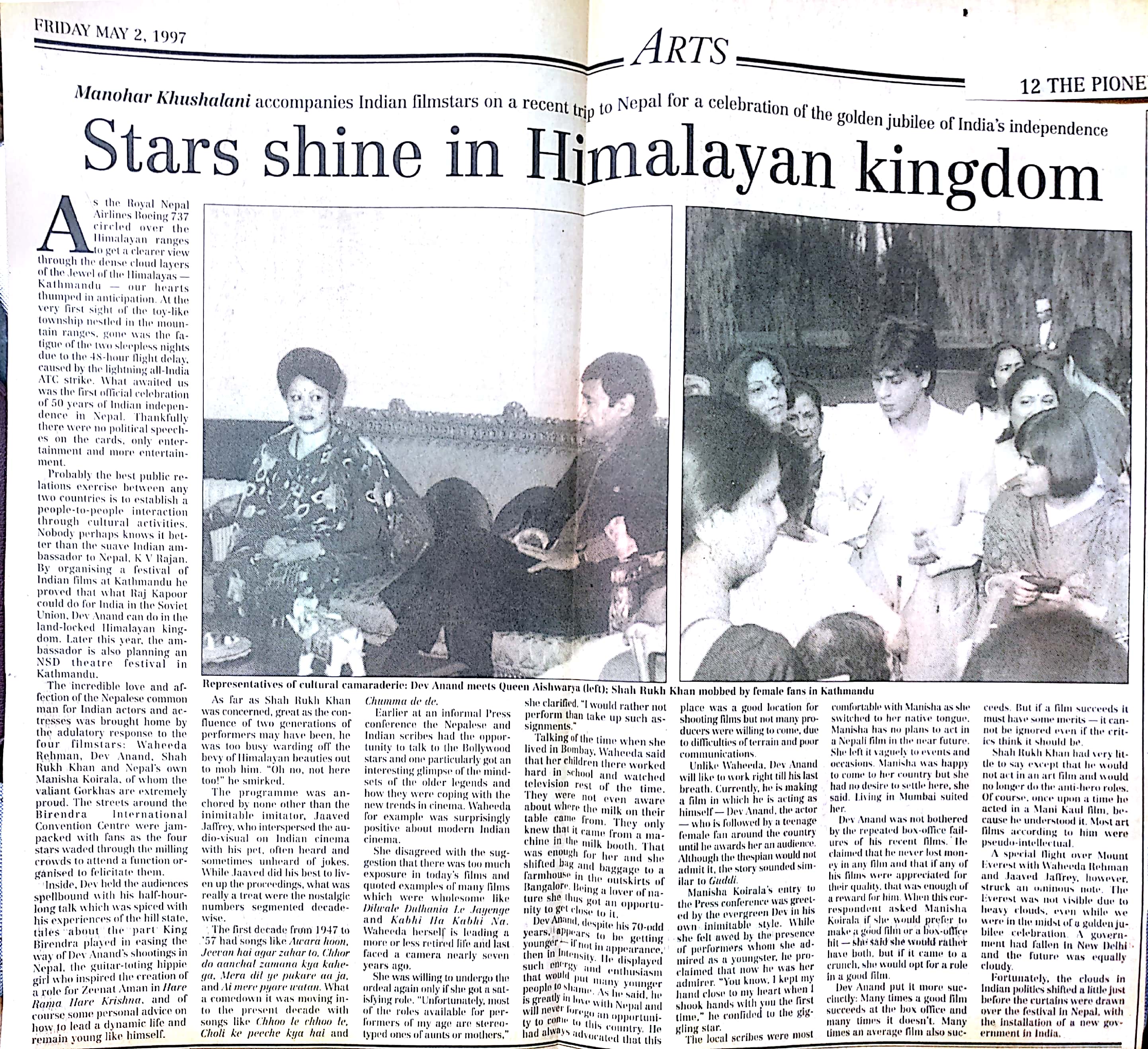Desire and Repetition: The miniaturisation of the Hindi film song (Shikha Jhingan)
Desire and Repetition: The miniaturisation of the Hindi film song
Fourth Asian Women’s Film Festival 2008 “Insights and Aspirations”
By Shikha Jhingan
Scene from Shikha Jhingan’s ‘Born to Sing’
Let us examine the contemporary popular Hindi film songs and their circulation through the convergence of new media technologies. How has the emergence of global television and digital music changed the aesthetics, the cultural codes and the formal structure of the Hindi film song by mobilizing new circuits for the consumption of popular music? In fact, the use of repetition and heightened codes of visuality have perhaps given new forms of identity to a large number of young girls on ‘realty shows’ based on popular film music.
In recent times, one big change in the structure of the song has been the use of a ‘hook line’ as a repetitive structure. This clever use of the hook line allows the song as a musical category to evoke a discernible response from the body. Popular songs like Nach Baliye (Bunty Aur Babli), Dhoom Machale Dhoom (Dhoom), Mauja hi Mauja (Jab We Met) rely on the repetition of words or cluster of words and rhythmic patterns that is described as the hook line of the song. This metonymical formulation completely undermines the conventional structure of the film song thus opening up the song for an ‘afterlife’ for its circulation in the global circuits of value and exchange. The repetitive use of the hook line through television promos and trailers, reality shows, award nights, ring tones and advertisements of mobile phones and telecom service providers, leads to obfuscation of the original song and its emotional appeal. In this new formulation the film song not only gets unhinged from the narrative of the film but is primarily meant to evoke a response from a dancing body.
In analysing Reality Television and talent shows based on music, one would like to draw attention to the democratisation where it is possible to have greater access to these technologies not just as consumers but in recreation of the musical mode. What is interesting here is that the accent here is not just on being a good singer but a great performer. The mobilization of a unique voice along with a great performance, an energetic dancing body, go into this new form of dispersal. The creation of a certain persona, with the help of props, dress, hats, belts, gestures and other visual signs create the uniqueness of each singer. So music is providing a basis for the creation of an identity. The emphasis is on showcasing ‘your own voice’ in sharp contrast to the earlier phase of remixes and cover versions which relied entirely on imitation or the recreation of an ‘affect’. What is even more interesting is that there is a blurring of boundaries between music and dance, between the singer and the listener, between rehearsal and performance between sound and music and between voice and sound.
Shikha Jhingan, an IAWRT member, is a Professor in Media at Lady Sri Ram College , New Delhi



